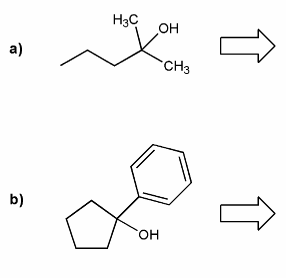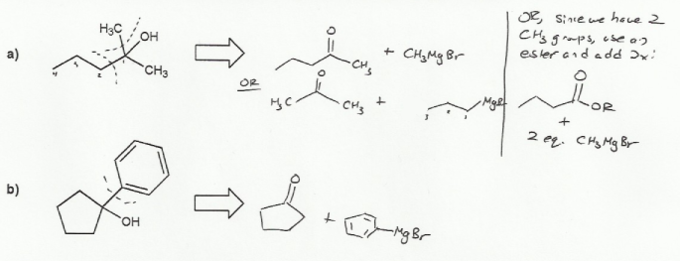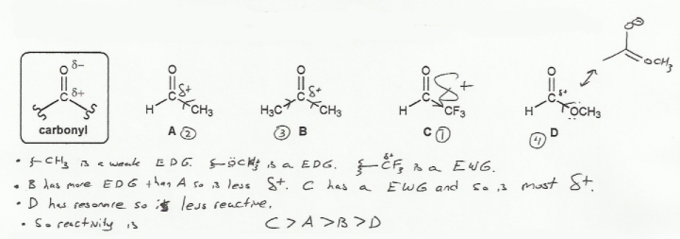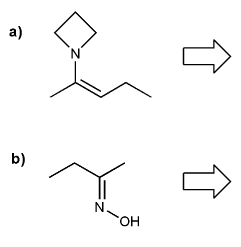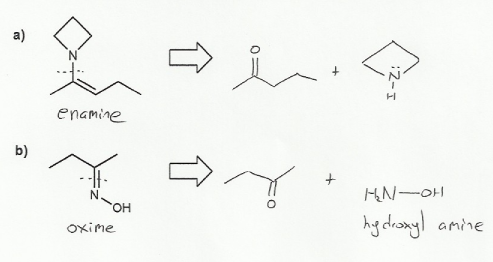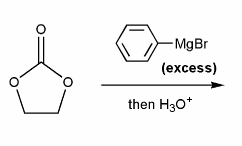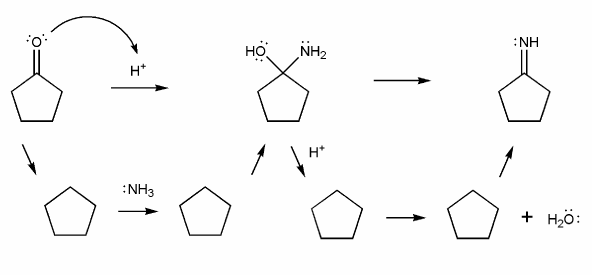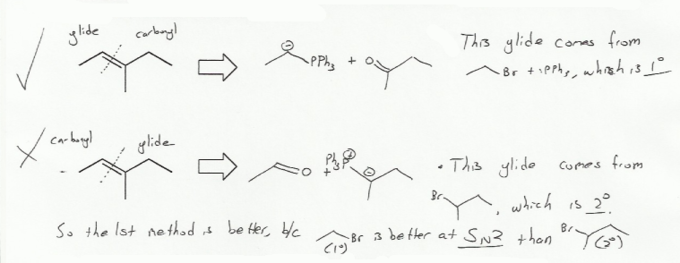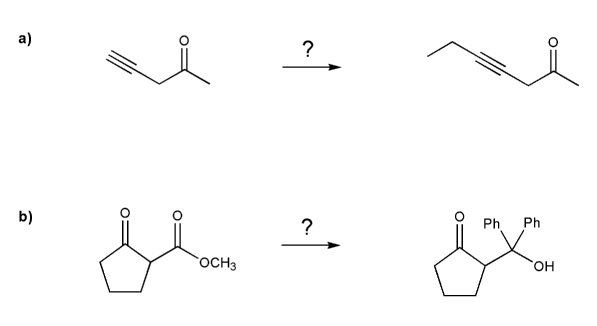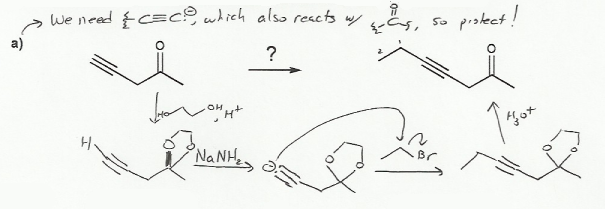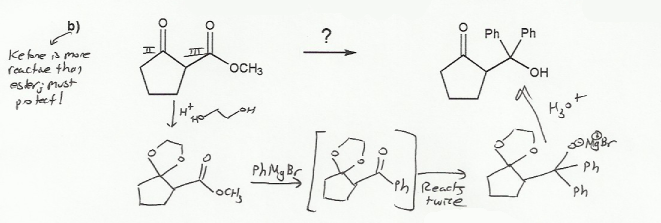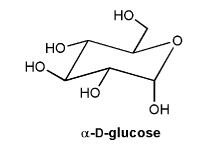Textbook: Carey and Giuliano 8th Ed. (2010)
Chapter 17: Aldehydes and Ketones: Nucleophilic Addition to the Carbonyl Group
Practice Problems and Mendel Sets
Individual Problems
Mendel Sets
Textbook and Chapters: Carey and Giuliano 8th Ed. (2010), Chapters 17, 18, 19
Keywords: carbonyl hydrates, nucleophilic acyl addition, nucleophilic acyl substitution
Description: The most important mechanism in second semester organic chemistry. Goes over carbonyl addition/substitution mechanisms under both acidic and basic conditions.
Total Problems: 6
Textbook and Chapter: Carey and Giuliano 8th Ed. (2010), Chapter 17
Keywords: aldehydes, ketones
Description: Problems related to aldehydes and ketones: Wittig, imines, acetals, and protecting groups.
Total Problems: 6

